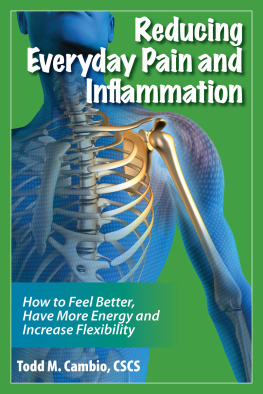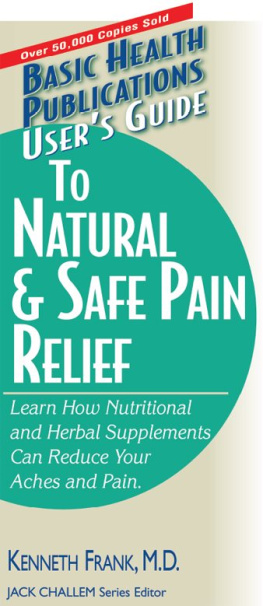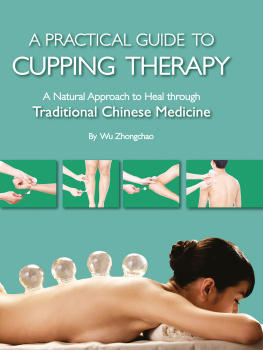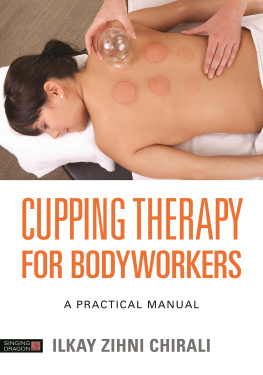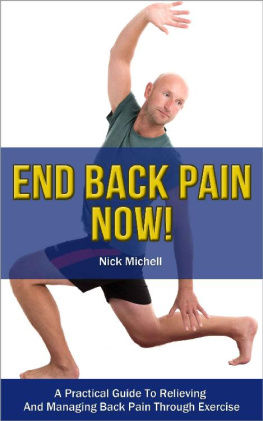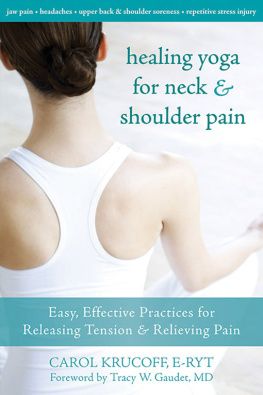Table of Contents
Guide

Text and photographs copyright 2018 Kenneth Choi except as noted below. Design and concept copyright 2018 Ulysses Press and its licensors. All rights reserved. Any unauthorized duplication in whole or in part or dissemination of this edition by any means (including but not limited to photocopying, electronic devices, digital versions, and the internet) will be prosecuted to the fullest extent of the law.
Published in the United States by:
Ulysses Press
P.O. Box 3440
Berkeley, CA 94703
www.ulyssespress.com
ISBN: 978-1-61243-820-7
Acquisitions editor: Bridget Thoreson
Managing editor: Claire Chun
Project editor: Shayna Keyles
Editor: Renee Rutledge
Proofreader: Shayna Keyles
Indexer: Sayre Van Young
Front cover design: Malea Clark-Nicholson
Interior design and layout: what!design @ whatweb.com
Cover artwork: Andrey_Popov/shutterstock.com
Interior artwork: page 30 Peter Hermes Furian/shutterstock.com; page 31 Designua/shutterstock.com; page 32 Stihi/shutterstock.com
Distributed by Publishers Group West
Please Note: This book has been written and published strictly for informational purposes, and in no way should be used as a substitute for consultation with health care professionals. You should not consider educational material herein to be the practice of medicine or to replace consultation with a physician or other medical practitioner. The author and publisher are providing you with information in this work so that you can have the knowledge and can choose, at your own risk, to act on that knowledge. The author and publisher also urge all readers to be aware of their health status and to consult health care professionals before beginning any health program.
This book is independently authored and published. No endorsement or sponsorship by or affiliation with television shows, celebrities, athletes, products, or other copyright and trademark holders is claimed or suggested. All references in this book to copyrighted or trademarked characters and other elements of television shows and products are for the purpose of commentary, criticism, analysis, and literary discussion only.
CONTENTS
Just a few decades ago, cupping was almost unheard of in North America. It was not a very popular treatment, and when people got it done, they would hide what they considered unsightly cupping marks to avoid drawing attention to them. However, in recent years, cupping has experienced a huge surge in popularity and public figures have been seen adorning cupping marks almost as a fashion statement.
The most highly covered story of cupping was when the most decorated Olympian of all time, Michael Phelps, with 28 Olympic medals (23 of them gold), was seen with cupping marks on his right shoulder and legs during the 2016 Olympics in Rio de Janeiro. The internet blew up with everyone talking about it, and the media raced to uncover the mysterious red marks on his body, which brought cupping into public consciousness. Phelps publicly endorsed cupping as a good way to recover and relieve tired or sore muscles, posting Instagram photos of the treatment and talking about it during interviews. Since then, more and more athletes, including US Olympic gymnast Alex Naddour, 12-time Olympic medalist Natalie Coughlin, and NBA All-Star and MVP Stephen Curry, have had cupping therapy done, hoping it will give them an edge over their competitors.
Cupping has also been popular in Hollywood, with celebrities showing up to red carpet events and press conferences with cupping marks. Notable celebrities that have shown them off include Jennifer Aniston, Gwyneth Paltrow, Kaley Cuoco, Victoria Beckham, and Justin Bieber. Cupping has also been the subject of conversation on The Ellen DeGeneres Show, where Nicole Richie shared a picture of her father, legendary singer Lionel Richie, getting cupping done.
Thanks to these athletes and celebrities, cupping has become very trendy and more people are increasingly open to it. It has also introduced people to the world of Traditional Chinese Medicine (TCM), where cupping is still a primary modality used to stop pain and treat injuries, internal diseases, gynecological problems, and dermatological problems.
In this book, I will talk about what cupping is, how it works, and how to use cupping to treat sports injuries, pain on specific areas of the body, and various diseases, including digestive problems, gynecological problems, infections, respiratory disorders, skin conditions, and psychological or mental issues like stress and insomnia. I will also cover different types of cupping sets, cupping techniques, and cupping safety.
Cupping therapy is a Traditional Chinese Medicine therapy that has been used for more than 3,000 years. It involves using special cups to apply suction over the skin of an affected area. Many different methods are used to produce a vacuum inside the cup to create this suction, from heating the cup to using a mechanical pump to just using the mouth to suck the air out. The negative pressure created in the cup causes the skin to draw upward into the cup. The cups are then left in place or moved around the skin to improve the blood circulation in the area, rid the body of toxins, improve general well-being, and help with many different ailments, including pain, inflammation, infections, and snake and insect bites.
While cupping therapy is most commonly associated with TCM, it has been a staple of folk medicine in many regions of the world, including Egypt, the Middle East, India, ancient Greece, and parts of Africa. It continued to be a popular treatment in Europe until the early 20th century, until it fell out of favor to conventional medicine. However, cupping is still widely used to this day in many parts of the world where conventional medicine is not as accessible.
It is thought that cupping was developed by prehistoric humans who used simple techniques, such as using the mouth to suck blood out from a wound. This was a natural instinct, just as you would suck your finger if you were pricked by a needle or a splinter. Later, instead of using their mouths, practitioners used cups. The first cups were most likely made of animal horn, which is why cupping therapy was first known as horn therapy. To create the suction, the practitioner would suck the air out from the tip of the horn with their mouth. Some people even used the shells of pumpkins and other gourds as cups, again sucking the air from the pumpkin from a hole at the top to create suction. Later on, they used other materials, such as bamboo, clay, or earthenware cups.
One of the oldest mentions of cupping is from the Egyptian book Ebers Papyrus, which is the oldest medical book, written in 1550 BC. It mentions that cupping was used for treating almost every disorder, including fever, pain, vertigo, menstrual imbalances, and weakened appetite, and that it helped to accelerate healing. From Egypt, cupping was likely passed on to the ancient Greeks. Hippocrates, sometimes referred to as the father of modern medicine, used cupping for many internal and structural diseases. He was one of the first physicians to believe that disease is not due to supernatural causes, but to things of natural origin, such as poor weather, geography, poor diet, overworking, and emotions. Since the Greeks were in the Bronze Age at this time, the cups were made of bronze. At this time in history, cupping was more prominent in Greece than it was in China.
Next page

